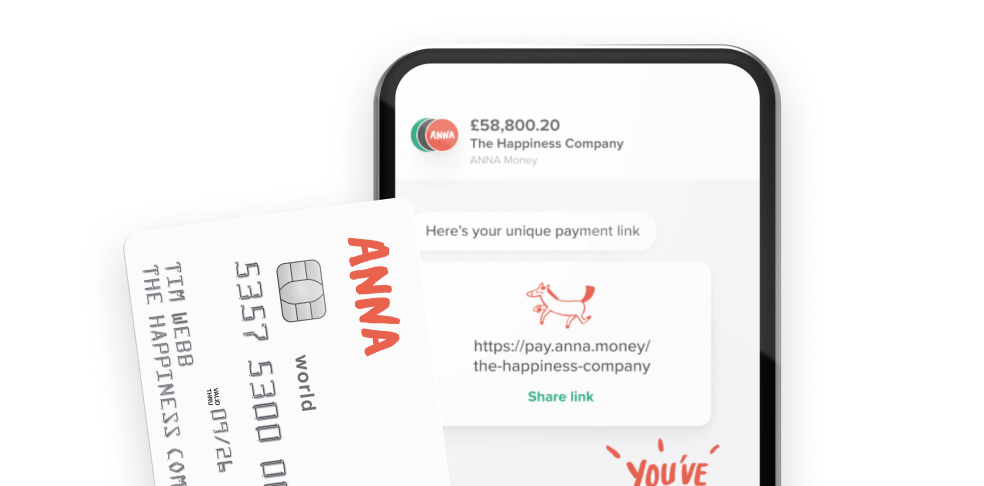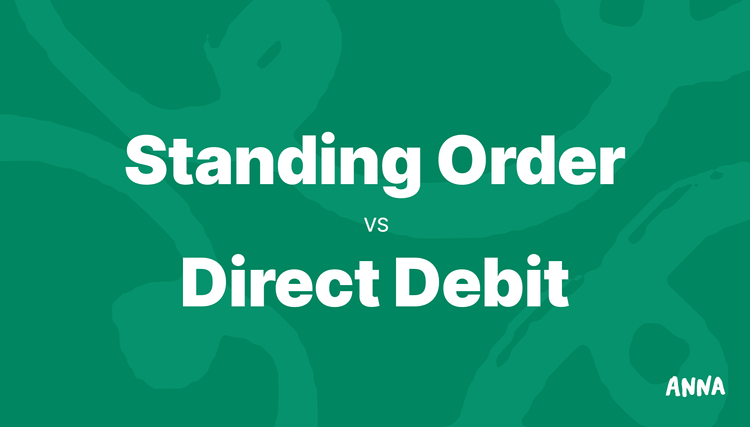When dealing with international transactions, it's common to encounter terms like BIC and SWIFT codes. But exactly what are BIC and SWIFT codes in banking, and are they different? These unique identifiers play a crucial role for any business working with international transactions. They ensure that money is securely and accurately transferred and minimise the risk for both the business and its customers. Let’s explore these terms in more detail.


- In this article
- Who uses the SWIFT code system?
- Importance of Swift(BIC) codes in banking
- Structure of SWIFT/BIC Codes
- How Swift codes work
- When do you need a SWIFT code?
- Do I need a SWIFT or BIC code to make an international payment?
- Differences between Swift and BIC codes
- How to find a bank's SWIFT/BIC code
- Common issues with SWIFT/BIC codes
- Other international money transfers
- Frequently asked questions
Who uses the SWIFT code system?
Many individuals and businesses rely on SWIFT codes for international banking.
The SWIFT/BIC code system is used by:
- Banks: For sending and receiving international payments.
- Financial Institutions: To ensure secure and consistent formatting for cross-border transactions.
- Businesses: To make and receive international payments.
Importance of Swift(BIC) codes in banking
Why are SWIFT codes so important?
Enhancing security in transactions
SWIFT/BIC codes are vital for ensuring the security of international transactions.
The unique code helps to identify the specific financial institution involved, reducing the risk of fraud and other payment errors.
For business accounts, a SWIFT code is important for making or receiving any secure international payments.
Streamlining global operations
A standardised format for all international transactions means that global payments are simple and streamlined.
This efficiency helps to minimise delays in processing payments and keeps financial operations running smoothly.
Structure of SWIFT/BIC Codes
What Do the Numbers and Letters on a BIC Code Mean?
A SWIFT/BIC code consists of 8-11 characters.
Here’s what the characters mean:
Bank Code: The first 4 letters identify the bank.
Country Code: The next 2 letters represent the country where the bank is located.
Location Code: The following 2 characters specify the city or region of the bank.
Branch Code: (Optional) The final 3 characters represent the bank branch.
Examples of SWIFT/BIC codes
Each part of a SWIFT/BIC code provides information about the bank’s location and its specific branch.
For example, in the code BUKBGB22XXX, ‘BUKB’ represents Barclays Bank, ‘GB’ stands for the United Kingdom, and ‘22’ indicates the location. ‘XXX’ can represent the bank branch, but this isn’t necessary for every bank.
How Swift codes work
Now let’s explore in more detail how SWIFT codes work.
Role in international payments
SWIFT/BIC codes are used in international payment systems to identify both the sending and receiving banks.
These codes are verified to make sure that funds are transferred to the correct account efficiently and safely.
Verification and validation of codes
Banks and financial institutions will verify that SWIFT/BIC codes are correct. An incorrect code can lead to delays or failed transactions.
When do you need a SWIFT code?
A SWIFT/BIC code is needed for any international transaction where money is being sent to or received from a different country. This includes wire transfers, cross-border business payments, and sending money abroad.
Do I need a SWIFT or BIC code to make an international payment?
Yes, a SWIFT/BIC code is essential for most international payments. Without it, the transaction may not be processed correctly, and the funds could be misrouted.
Differences between Swift and BIC codes
Is BIC the same as SWIFT? Practically, yes.
There is no difference between a SWIFT code and a BIC code and if asked for either you’ll need to produce the same code.
The terms are often used interchangeably, with SWIFT being the network through which these codes are used, and BIC referring to the actual identifier code for the bank.

How to find a bank's SWIFT/BIC code
How can you find your own bank’s SWIFT code?
Bank statements and documents
In most cases, you’ll find your bank’s SWIFT or BIC code on your bank statement or any official document from the bank. It is often listed alongside your other account details.
Online tools and resources
There are numerous online tools that allow you to search for a bank’s SWIFT number or code.
Simply entering the bank’s name and country into a search engine like Google will often also provide the code or direct you to the page with the information you need.
Contacting your bank
If you’re unable to locate your bank’s SWIFT payment code online or through documentation, you can contact your bank directly for assistance.
Common issues with SWIFT/BIC codes
Incorrect or missing codes
Using an incorrect SWIFT/BIC code will mean your international transaction fails. If this happens, you will need to correct the code and try to initiate the transaction again.
Code changes and updates
Banks may occasionally update their SWIFT/BIC codes, though it is fairly rare. Customers will be notified in advance, and the new codes will be reflected on bank statements and official documents.
Other international money transfers
Comparison with IBAN
While SWIFT/BIC codes identify the bank, an IBAN (International Bank Account Number) is used to identify individual accounts. Both are usually required for international transfers.
The IBAN contains the country code, the basic bank account number and the sort code.
Alternative transfer methods
Alternative payment methods such as PayPal can be used for international transfers, though SWIFT/BIC codes are still the most commonly used option for international business banking.
Frequently asked questions
Is the SWIFT code the same for all branches?
Not necessarily. While some banks have a universal SWIFT code, others assign specific codes to each branch, these are indicated by the last 3 characters of the BIC code.
Is a SWIFT/BIC code always needed?
For most international transactions, a SWIFT/BIC code is essential.
Read the latest updates
You may also like
Open a business account in minutes






![How to Start a Currency Exchange Business in the UK [Guide]](https://storage.googleapis.com/anna-website-cms-prod/medium_Cover_3000_Landscaping_Business_Names_Creative_Name_Ideas_daad2f9e2a/medium_Cover_3000_Landscaping_Business_Names_Creative_Name_Ideas_daad2f9e2a.webp)




![140 Creative Tutoring Business Names [Ideas & Examples]](https://storage.googleapis.com/anna-website-cms-prod/medium_Cover_3000_Landscaping_Business_Names_Creative_Name_Ideas_d7964059b3/medium_Cover_3000_Landscaping_Business_Names_Creative_Name_Ideas_d7964059b3.webp)

![How to Start a Self-Employed Business in the UK [Guide]](https://storage.googleapis.com/anna-website-cms-prod/medium_Cover_3000_Landscaping_Business_Names_Creative_Name_Ideas_fe5b6edef1/medium_Cover_3000_Landscaping_Business_Names_Creative_Name_Ideas_fe5b6edef1.webp)













